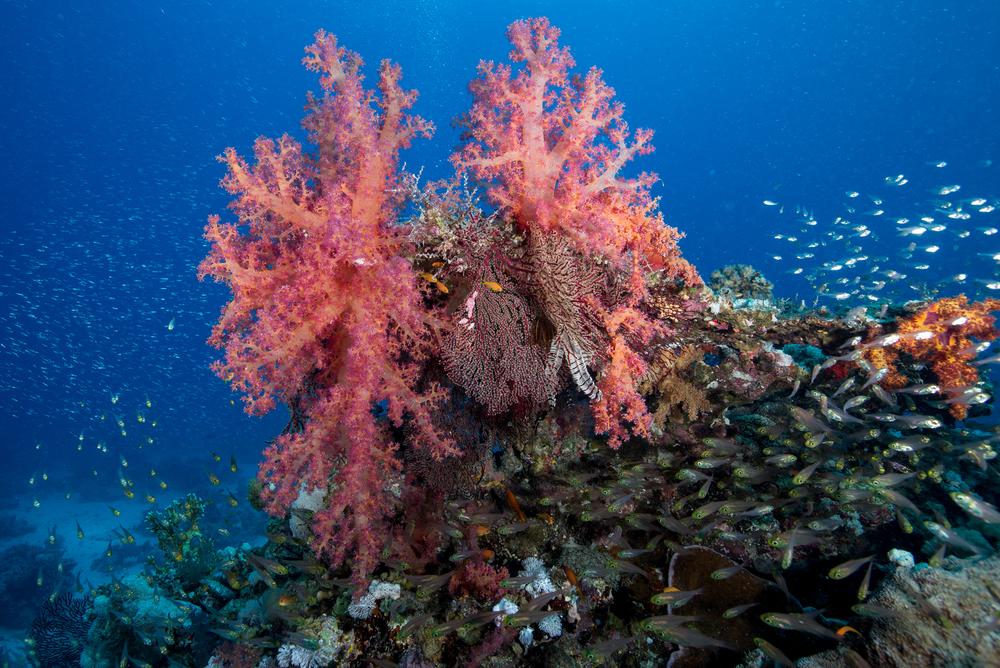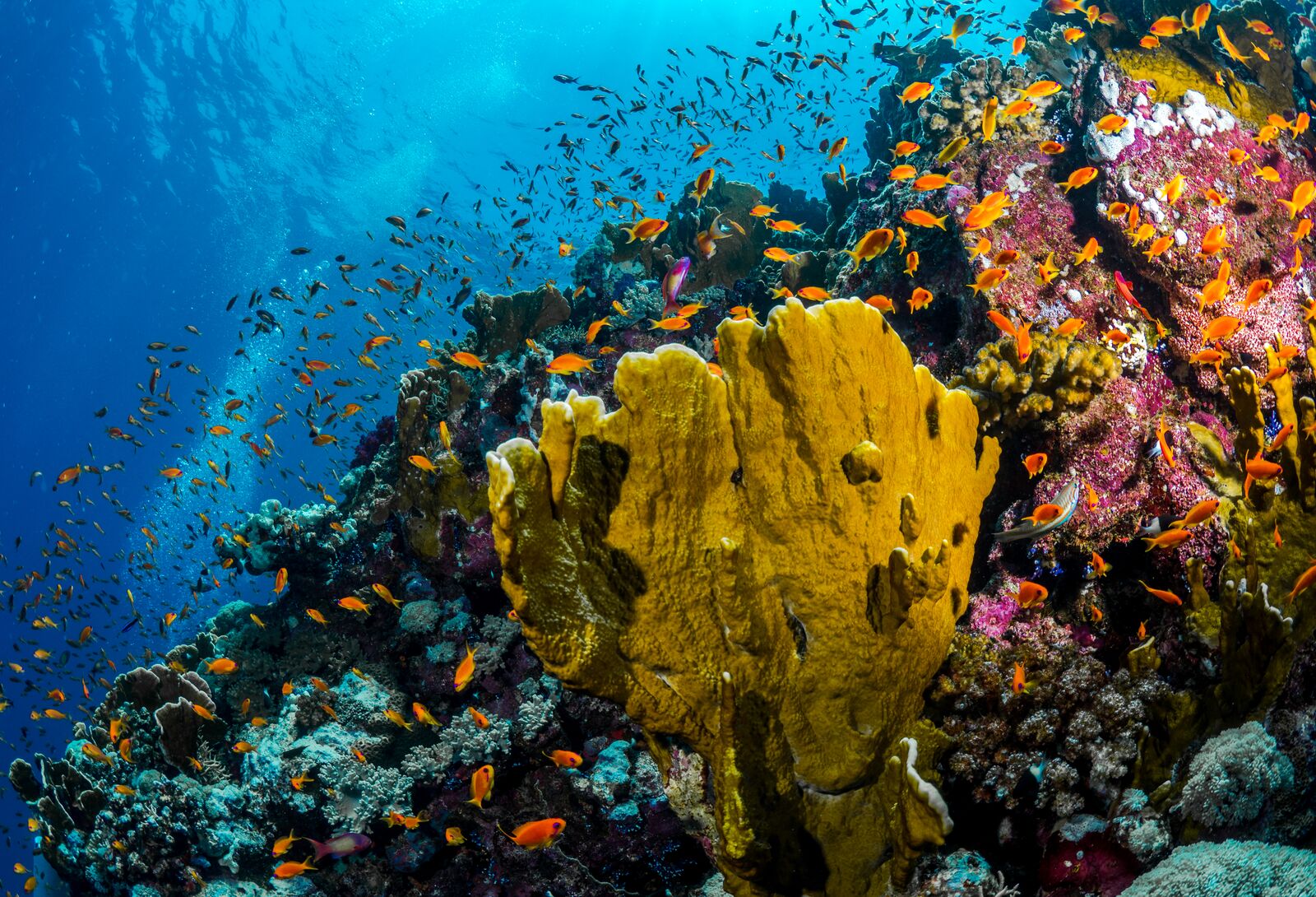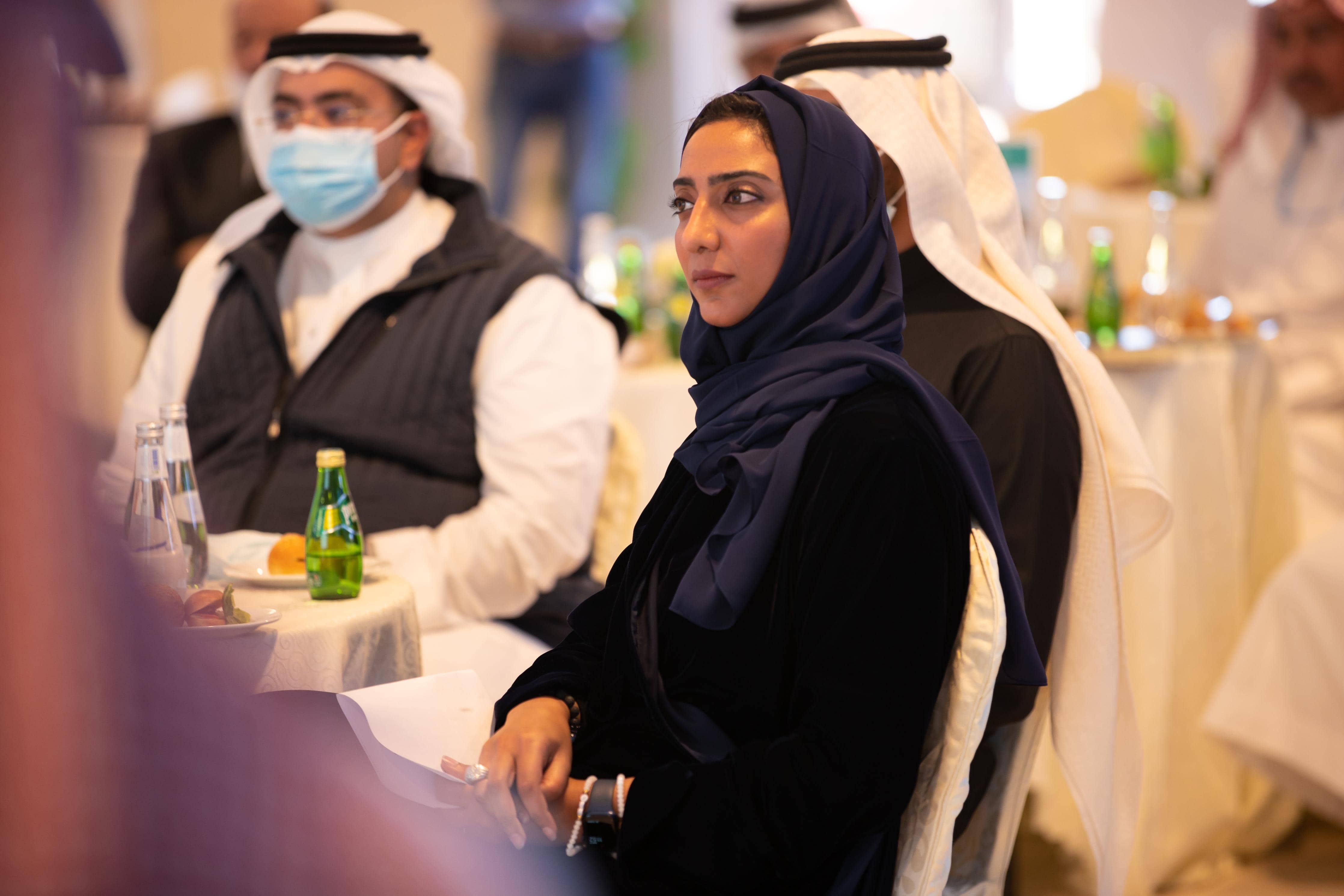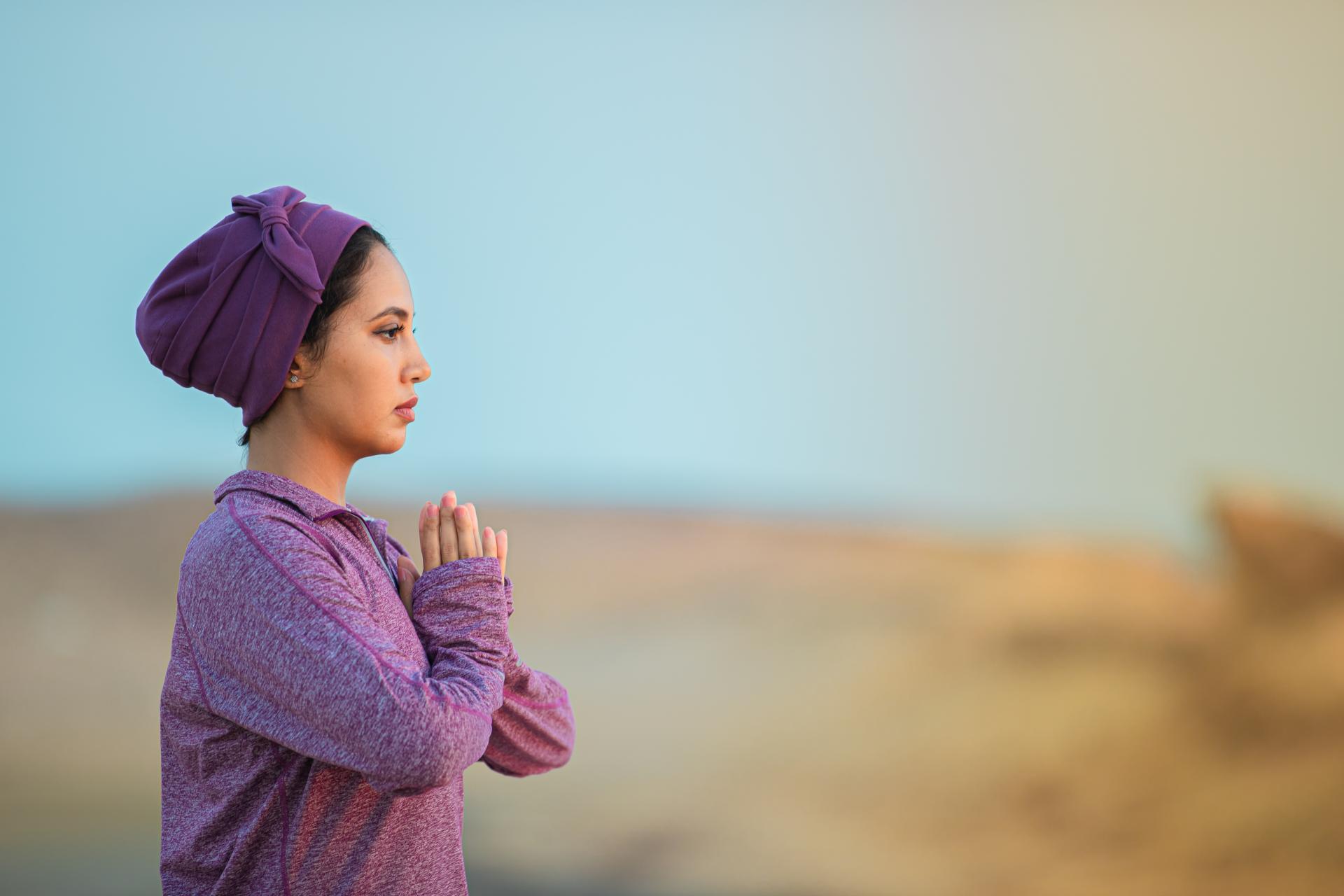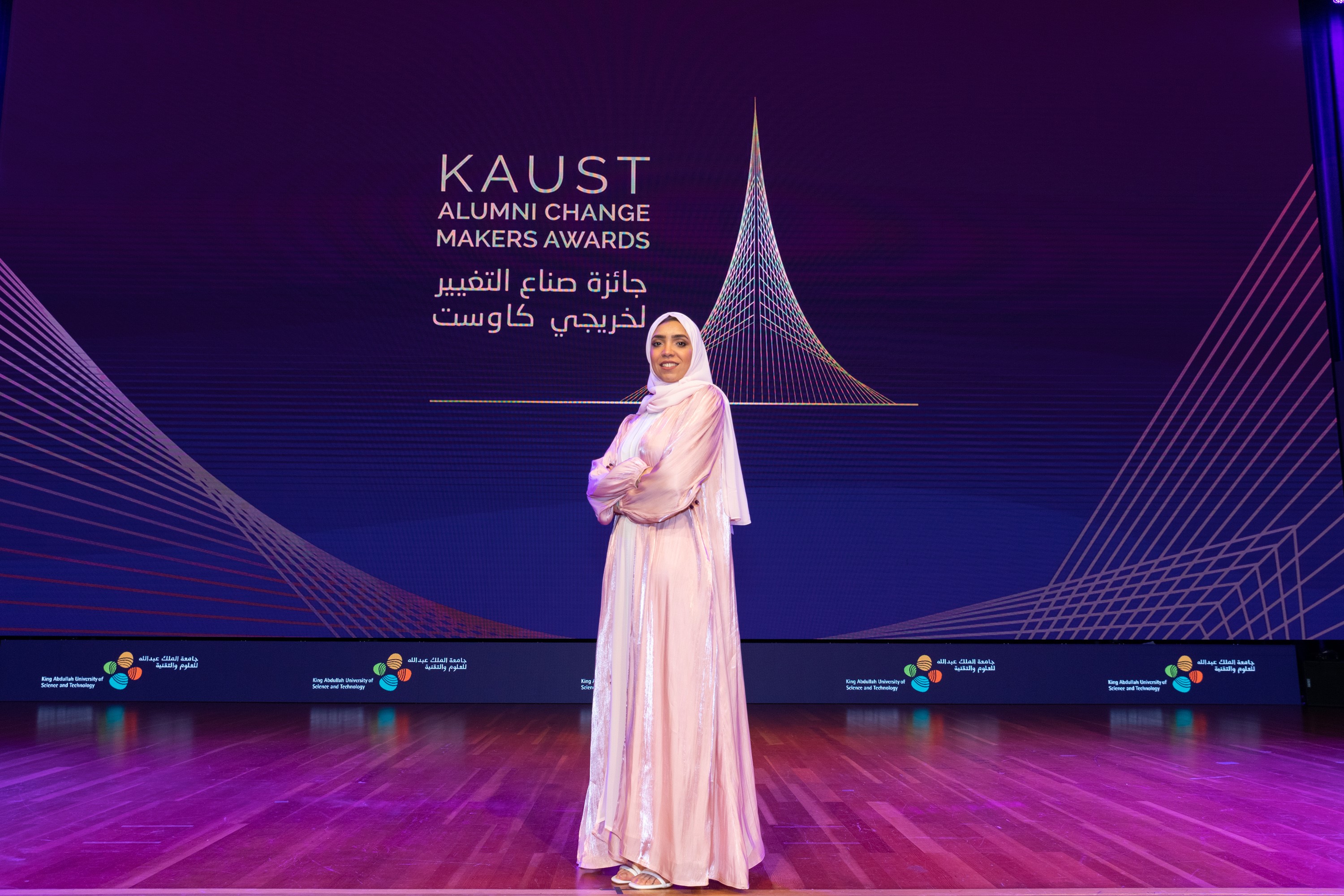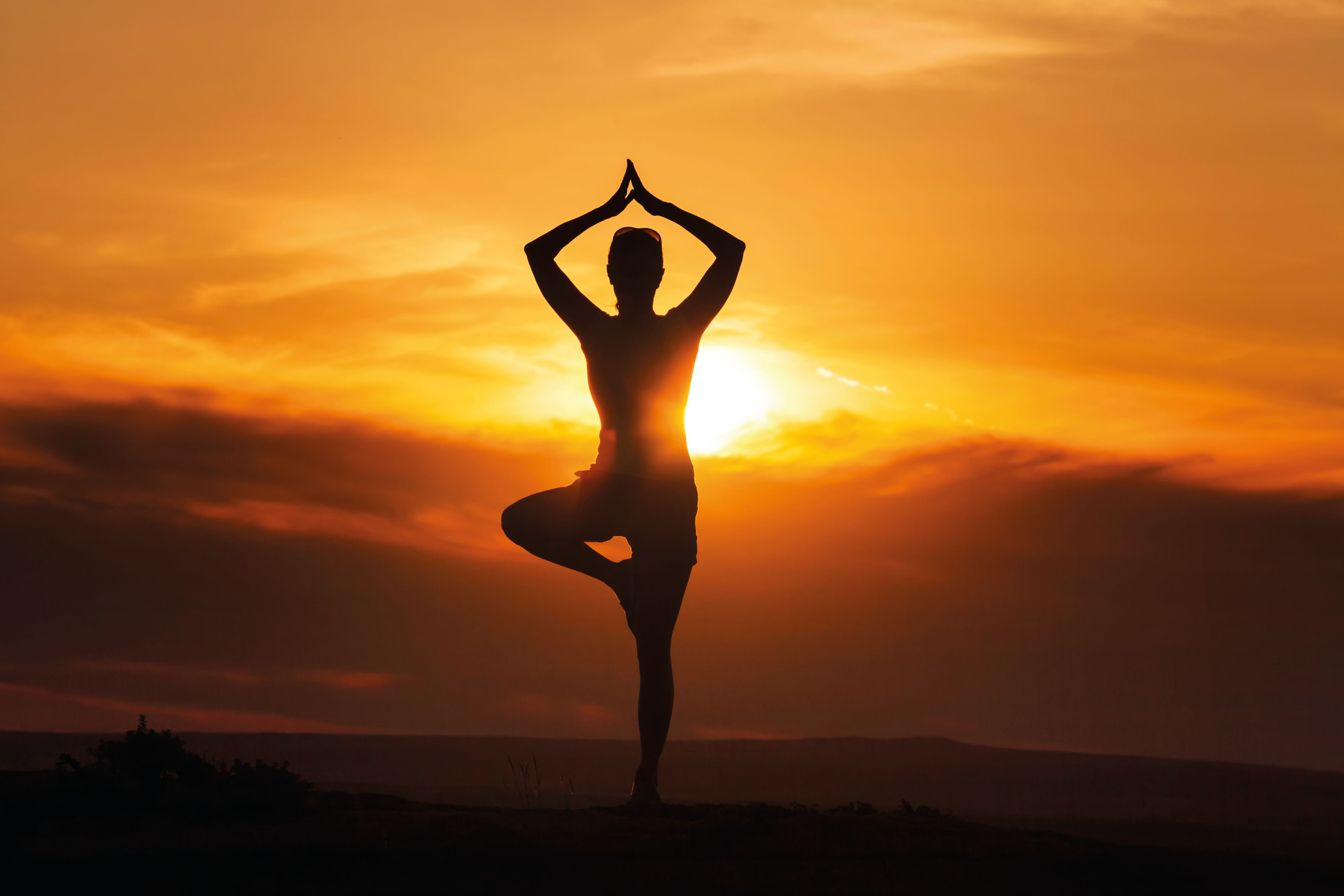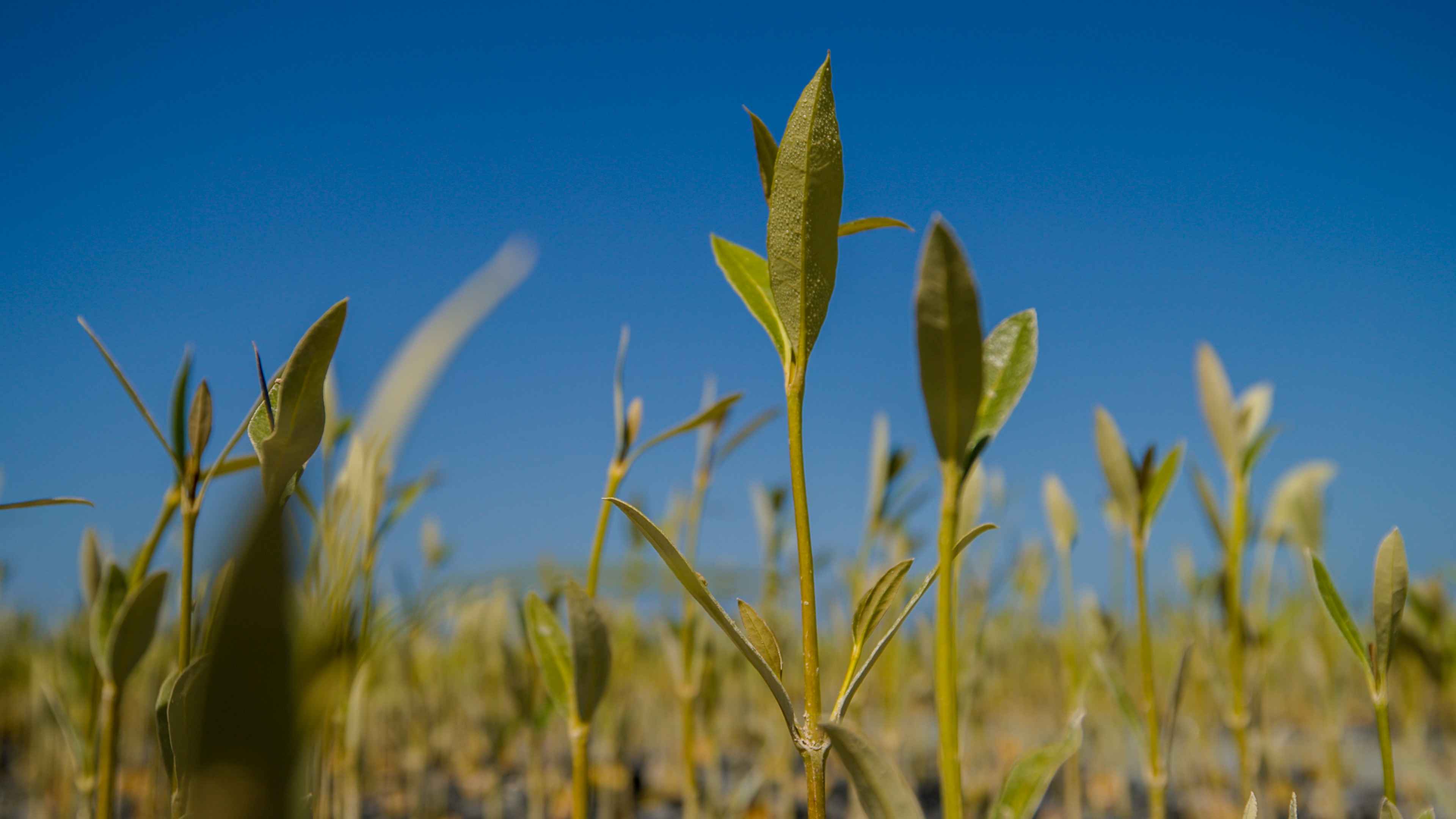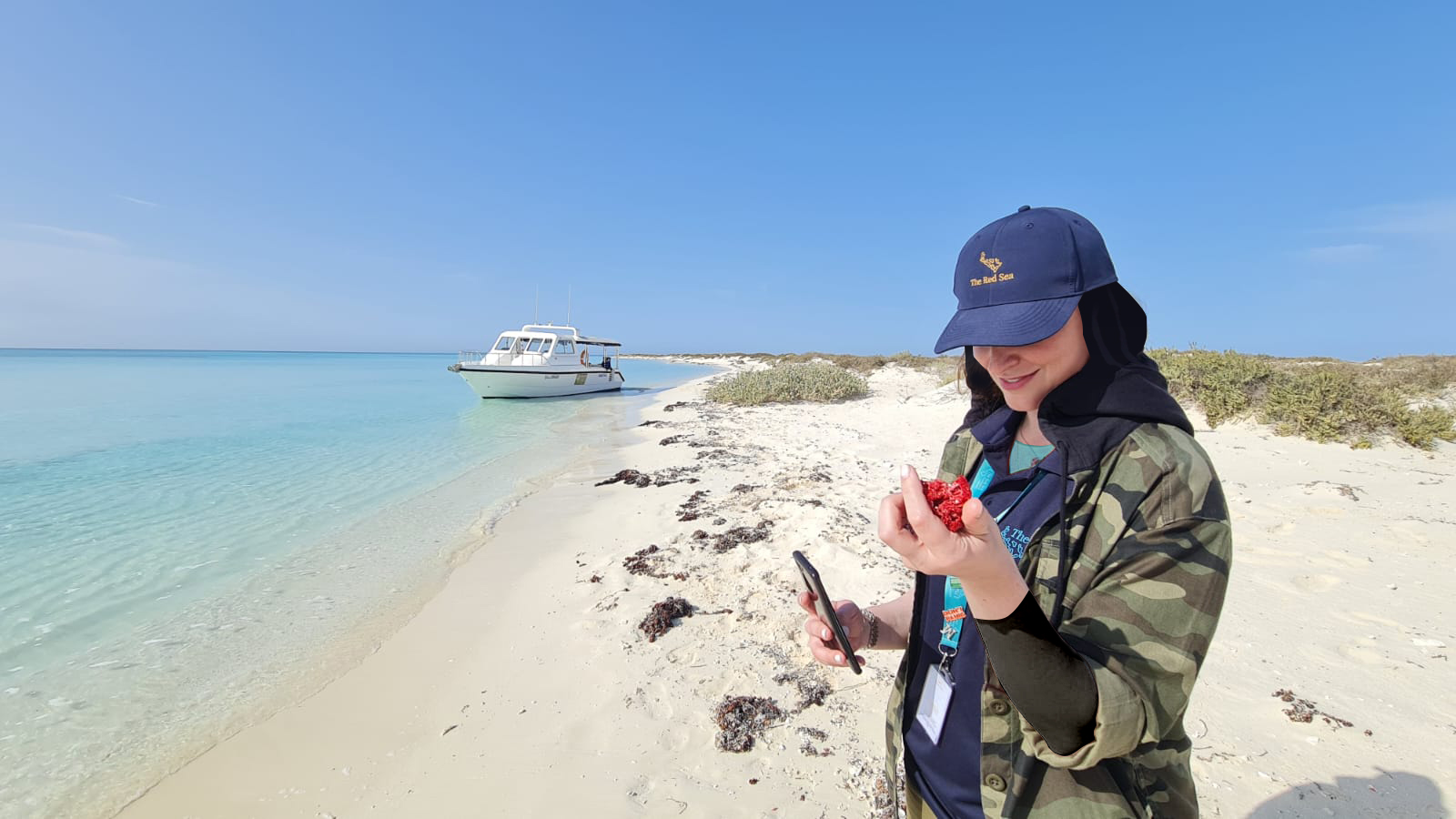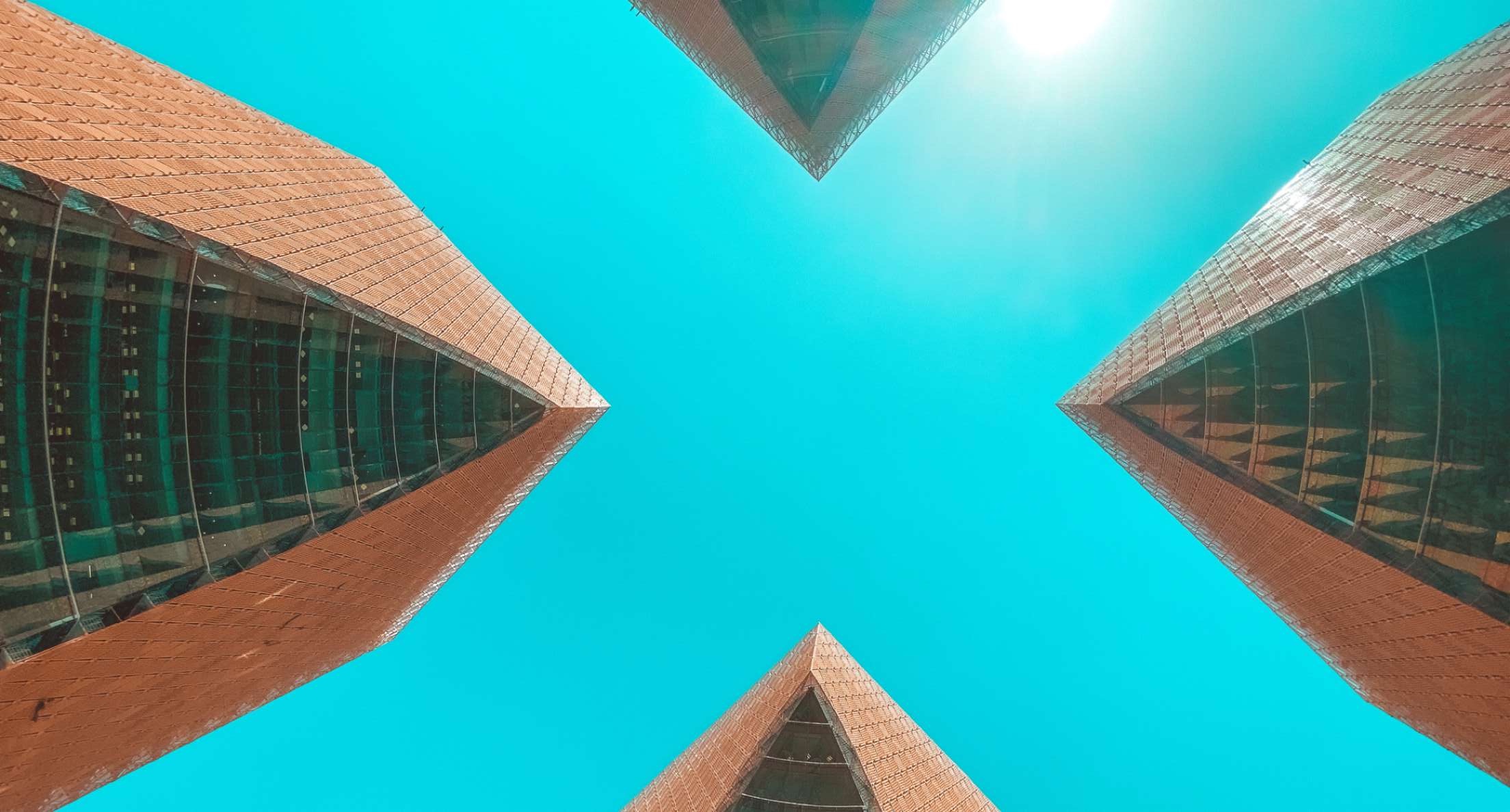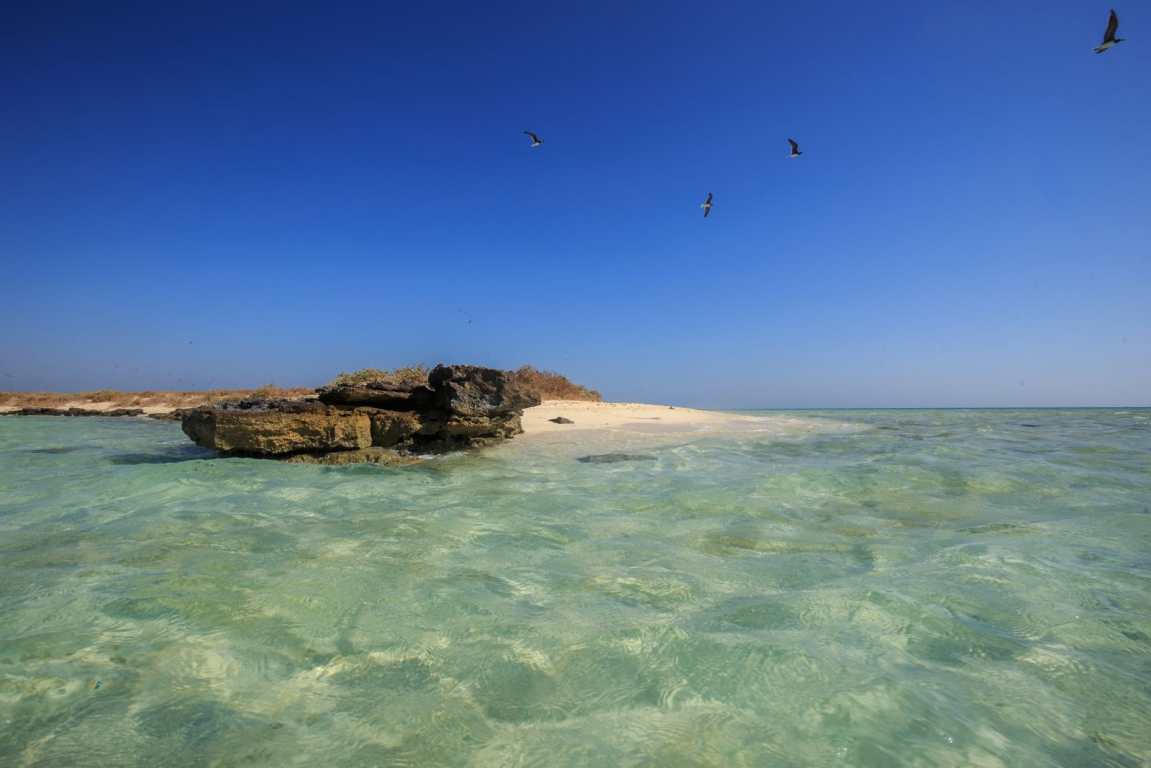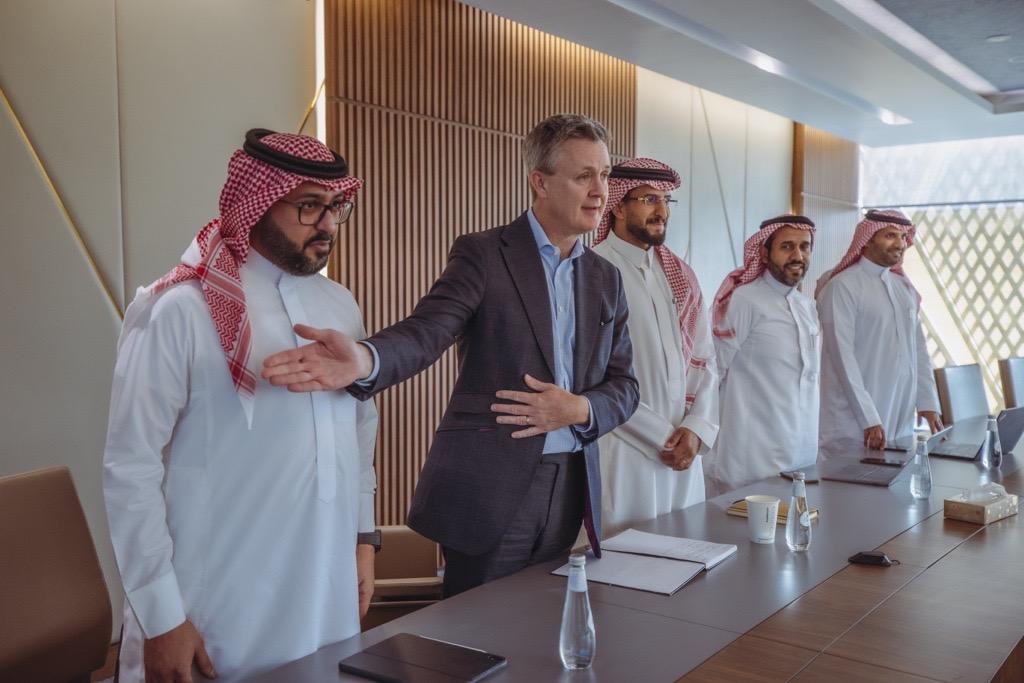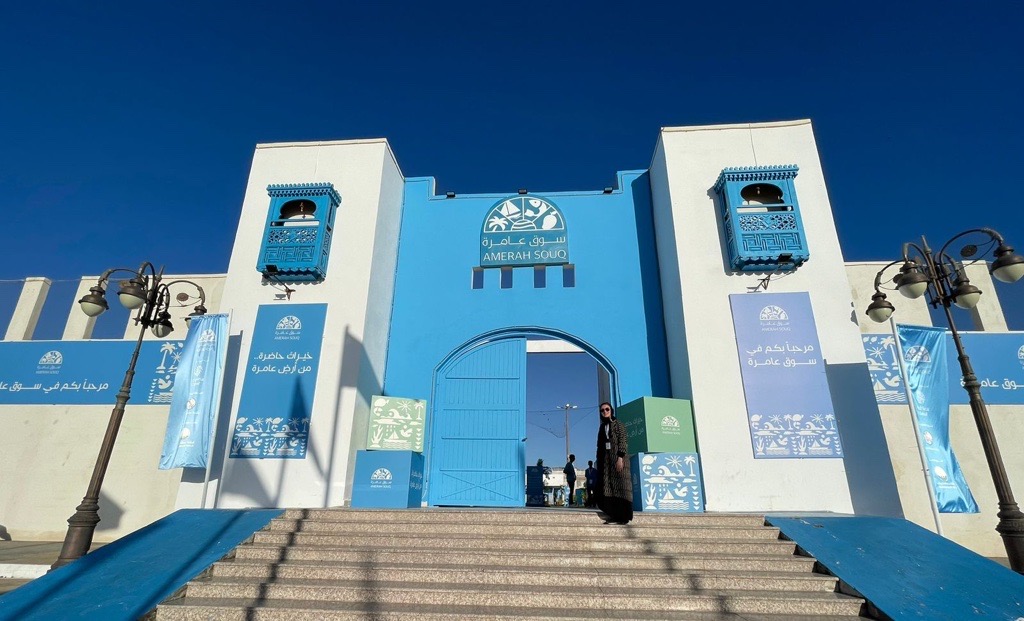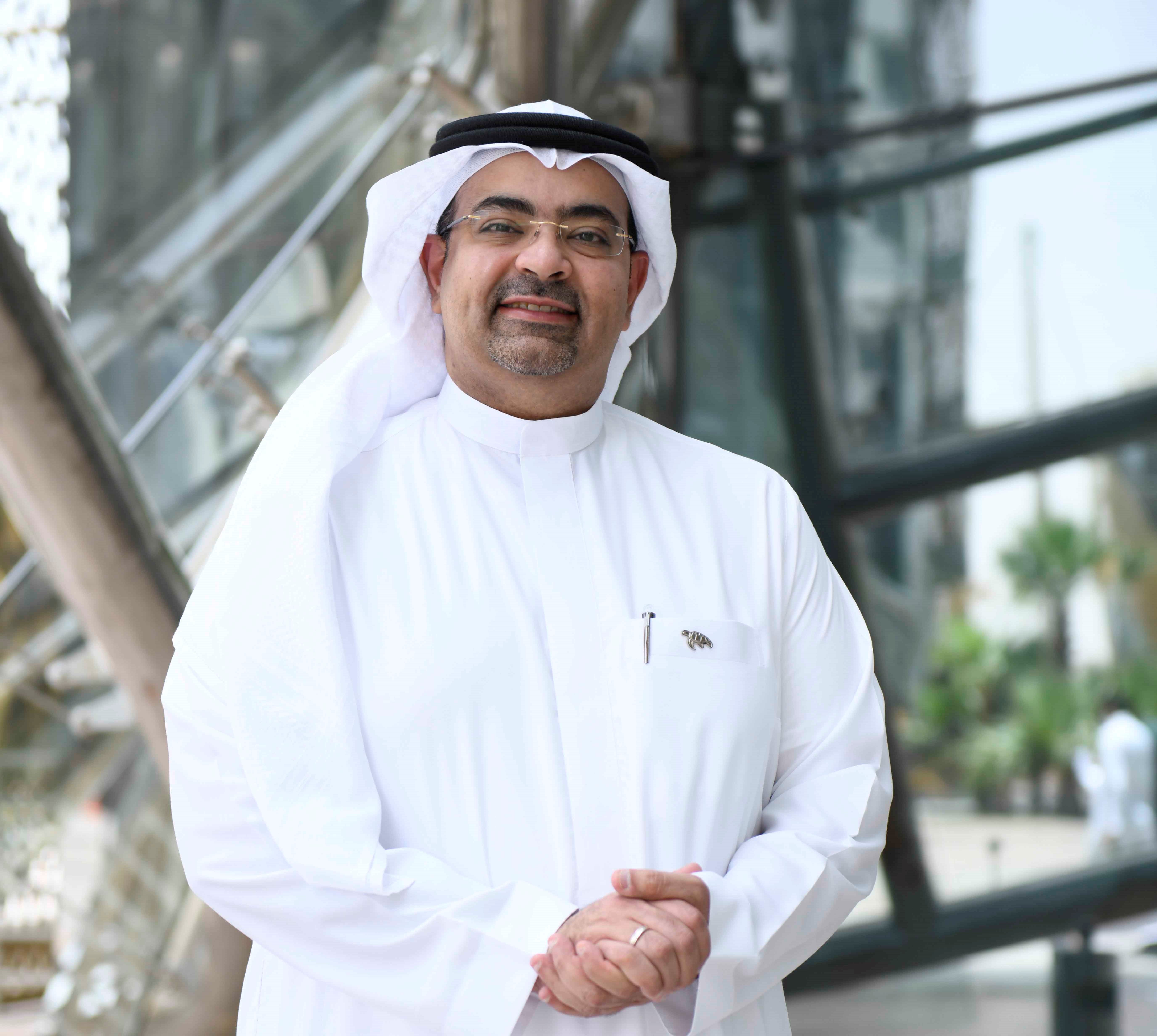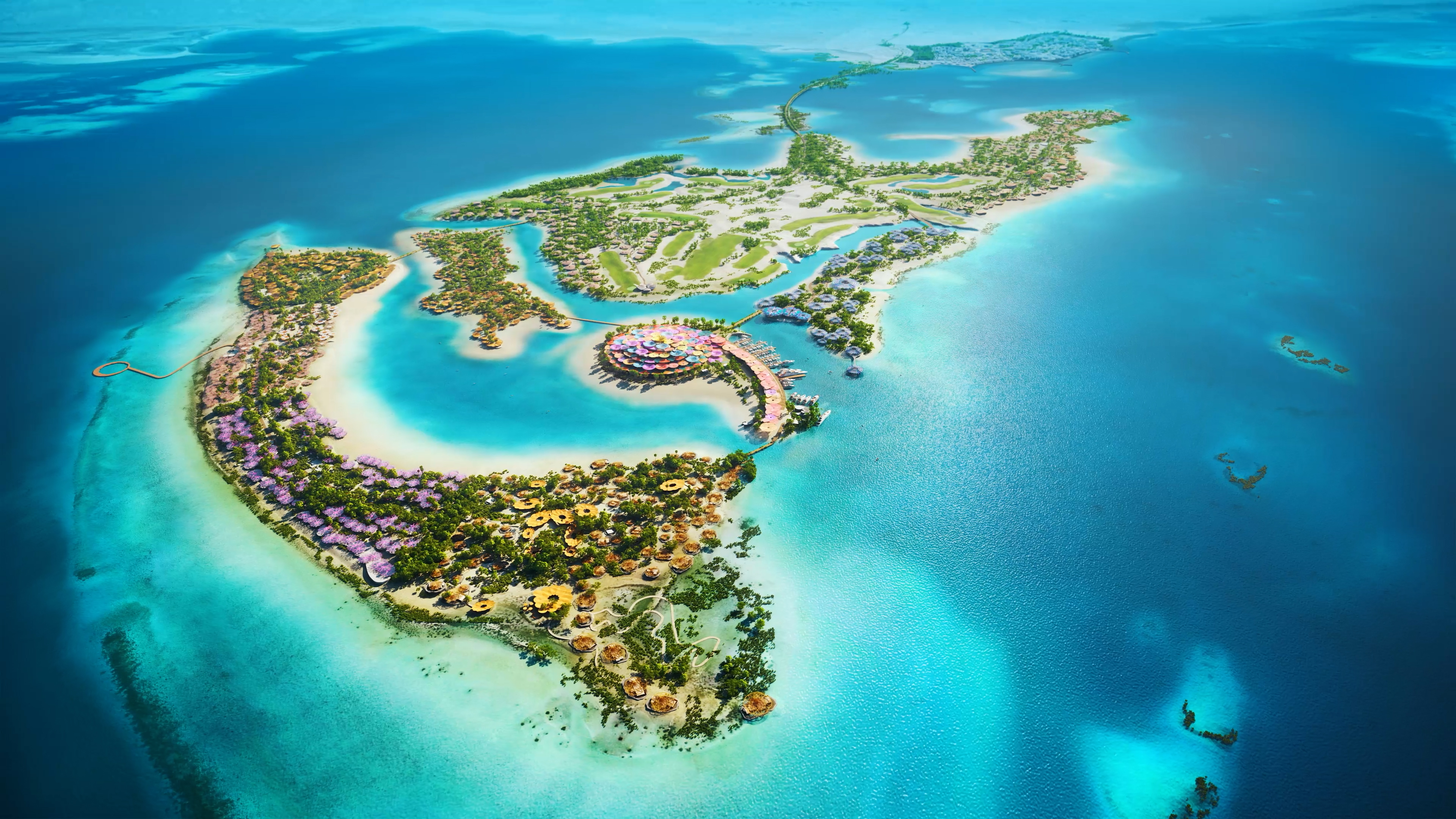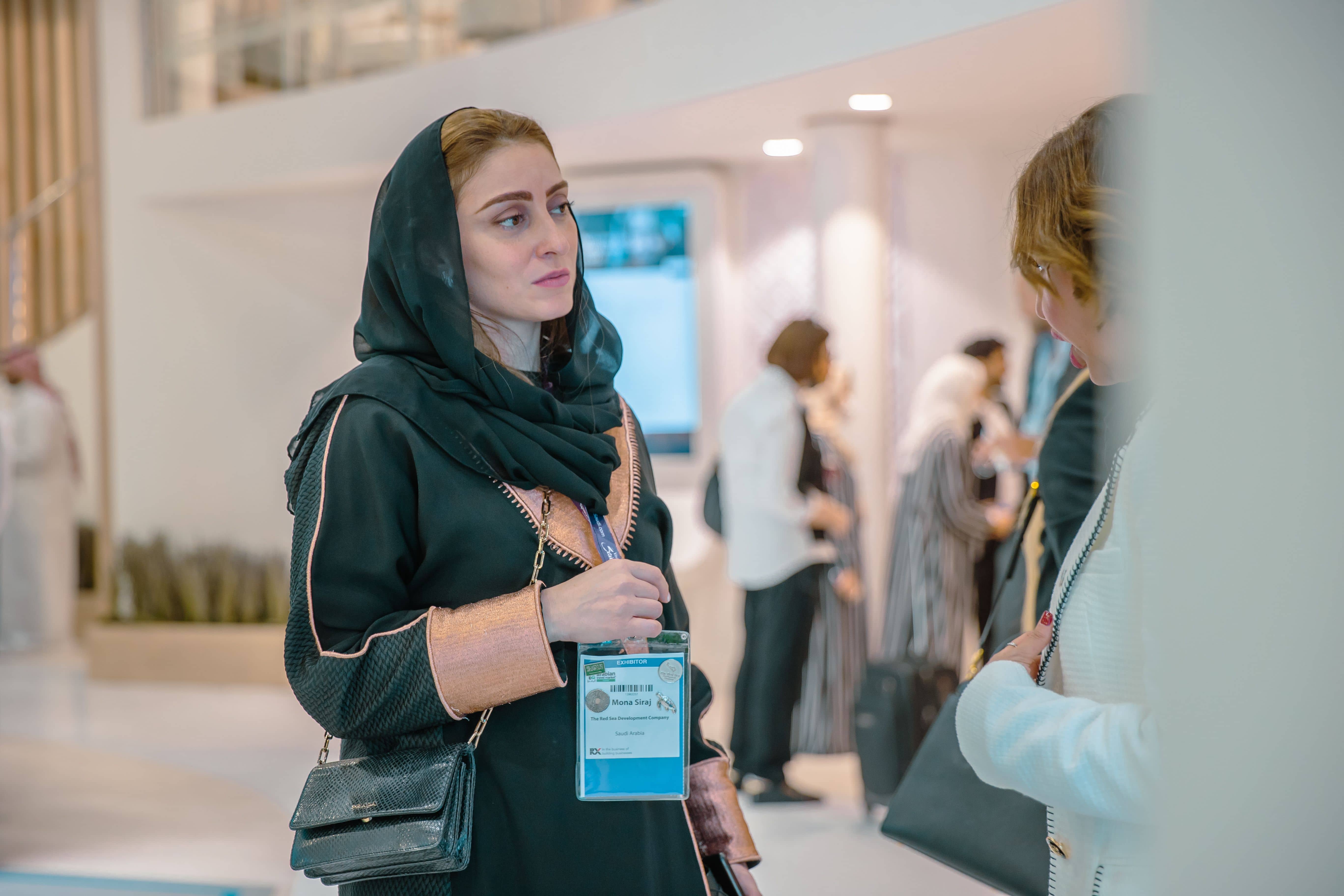World Environment Day
By Yara Aldress, Senior Corporate Environment and Sustainability Specialist at The Red Sea Development Company (TRSDC)
With this year’s World Environment Day taking place on June 5th, there is a renewed focus on how we can appreciate the planet by looking at ways to revitalize and repair it. The theme for this year’s event is ‘Ecosystem Restoration’, which means looking at ways to halt, prevent and reverse the damage that has been inflicted on the environment so that it can return to its optimal state.
Repairing the natural environment is at the heart of what The Red Sea Development Company (TRSDC) is working to achieve with its unique regenerative approach to tourism and sustainability. Regeneration means going beyond just protecting the environment by actively enhancing it. It’s an approach that seeks to use human intervention to benefit and repair a natural site in a way that would not have been possible if it had been left alone.
As a result of this regenerative approach, we’re aiming for a 30% positive net conservation benefit by 2040, so that this area of extraordinary natural beauty and diversity can be enjoyed for generations to come.
The issue with conservation alone
Conservation alone is not enough to reverse the damage that has been caused to our planet’s natural ecosystems. From deforestation, to excess plastic waste and warming oceans, the environment cannot be brought back to a prime condition unless new techniques and technologies are explored.
Maintaining the environment in its current, degraded state is not enough to reverse the effects of climate change and negative human impacts and prevent the collapse of biodiversity. Regeneration on the other hand, aims to revive the environment by going beyond simply removing environmental pressures to maintain the status quo. It involves looking at new ways in which the environment can be enhanced and encouraged to thrive once these pressures are removed.
Take the example of a declining coral reef. Protective measures for saving the reef could include imposing ‘no-dive’ or ‘no-fishing zones’ to prevent any further damage being inflicted. With our regenerative approach to sustainability, TRSDC is breaking new ground by increasing coral reef habitats, rather than just protecting them.
Enhancing the environment in the early stages of development
Regenerative techniques are embedded in every stage of the development of The Red Sea Project. From construction to delivery and operation, regeneration forms the guiding principles that shape each decision that is made. This ground-breaking framework for sustainable development is made up of innovative technologies and ambitious policies to truly repair and rebuild the natural landscape.
Before any construction could begin, an advanced Marine Spatial Planning exercise was carried out at the Red Sea location. In partnership with KAUST, TRSDC analyzed the planned site for the project, taking into account existing environmental pressures and looking at the potential impact that the development could have on the wildlife and ecosystems that exist here. As a result of this work, 75% of the destination’s islands will remain untouched, with nine of these also receiving additional protection as special conservation zones. In total, just 1% of the total site is being developed.
This prioritization of the environment has also been seen with the construction of Shurayrah Bridge – the main crossing between Shurayrah Island and the mainland. Rather than taking the shortest, least expensive route across, we felt it was essential that the natural environment was not impacted by its construction. Therefore, a careful route for the bridge has been planned that avoids the coral reefs and sensitive ecological areas. The causeways alongside the bridge will also be planted with mangroves so that they will double up as new, nutrient-rich habitats for the local wildlife.
Regeneration is therefore about more than simply preserving an area in its current state. It is about removing existing environmental pressures so that the environment can thrive in the long term.
Long term regeneration
Once operational, this ambitious regenerative project will continue. Visitor caps will be enforced to just one million guests per year, with this figure being informed by ongoing exercises looking at the maximum capacity of the destination. This involves assessing how many people can visit without having an impact on the natural site to ensure the wildlife is able to grow and flourish without being hindered by human activity.
Furthermore, the destination will be powered entirely by renewable energy, which will result in the project saving half a million tons of CO2 emissions each year. Three seawater reverse osmosis (SWRO) plants are also being constructed that will use seawater to provide clean drinking water, a solid waste management center and a sewage treatment plant. The sewage treatment plant will see waste being managed in a way that enhances the environment, by creating new wetland habitats and supplementing irrigation water for landscaping at the destination.
TRSDC’s regenerative approach to sustainable development is redefining the relationship between tourists and the environment. It is working to champion the goals laid out by this year’s theme for World Environment Day by going beyond just protecting the destination and all its wildlife, so that this incredibly diverse location is able to realize its full potential and be enjoyed for years to come. By adopting some of the innovative ways that TRSDC is achieving its ambitious sustainability goals, other industries and companies can also play an important role in regenerating our planet.
About Red Sea Global
Red Sea Global (RSG - www.redseaglobal.com) is a closed joint-stock company wholly owned by the Public Investment Fund (PIF) of Saudi Arabia. It is a vertically integrated real estate developer with a diverse portfolio across tourism, residential, experiences, infrastructure, transport, healthcare, and services. This includes the luxury regenerative tourism destinations The Red Sea, which began welcoming guests in 2023, and AMAALA, which remains on track to welcome first guests in 2025. A third destination, Thuwal Private Retreat, will open this year, and RSG has also been entrusted with refurbishment works at Al Wajh Airport, focused on upgrading the existing terminal and infrastructure, and building a new international terminal. RSG is a cornerstone of Saudi Arabia’s ambition to diversify its economy. Across its growing portfolio of destinations, subsidiaries, and businesses, RSG seeks to lead the world towards a more sustainable future, showing how responsible development can uplift communities, drive economies, and enhance the environment.
RSG is the visionary company behind some of the world’s most ambitious
development ventures, including luxury regenerative tourism destinations
such as The Red Sea and AMAALA.
Across its portfolio, RSG leverages the most innovative concepts,
strategies, and technologies to deliver projects that actively enhance
the wellbeing of customers, communities, and environments.



